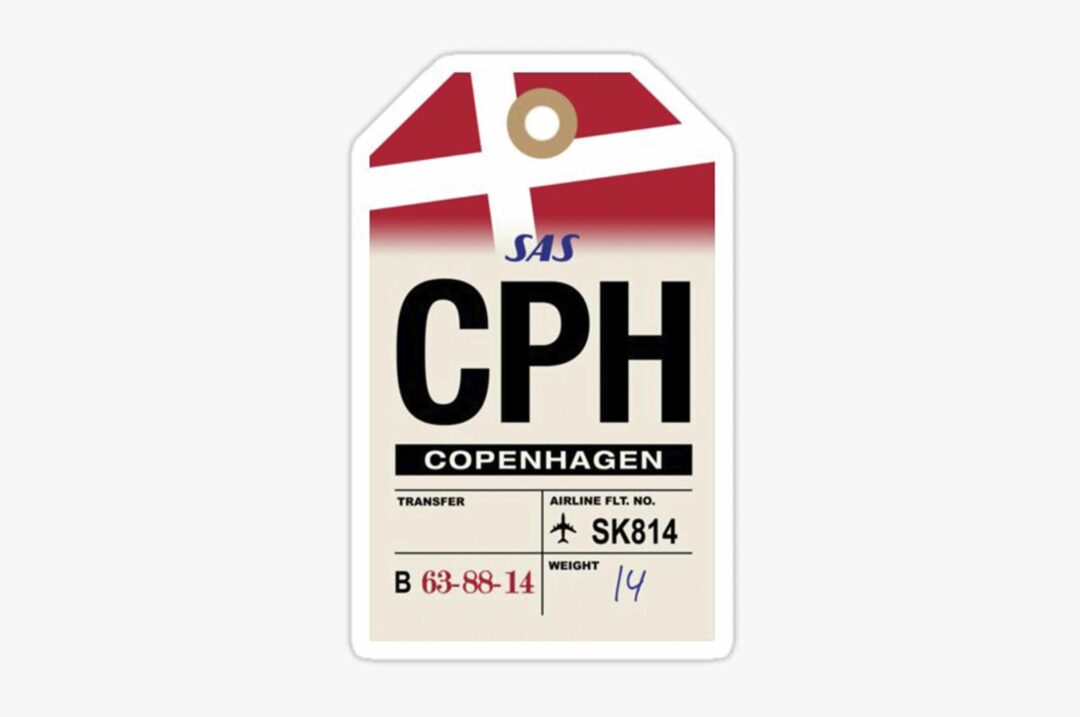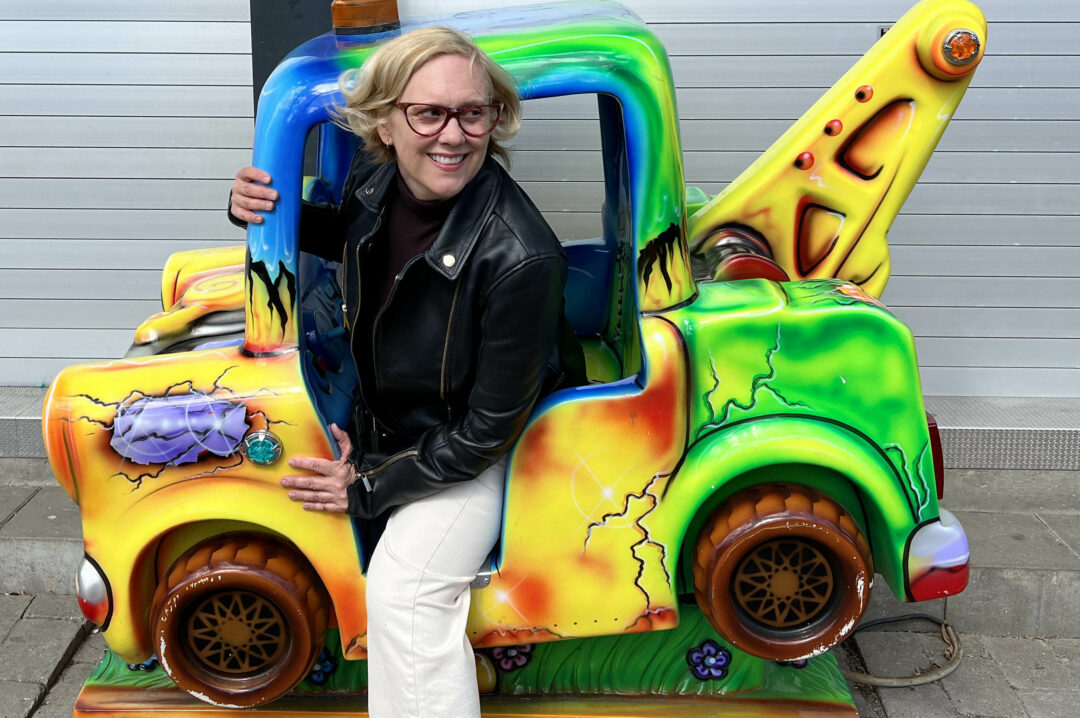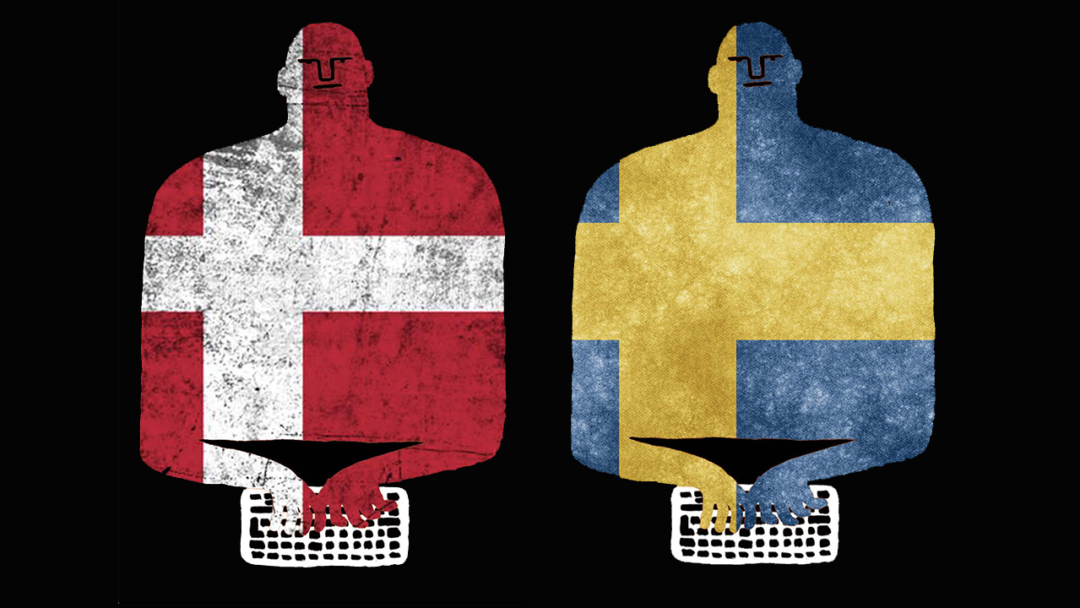I’ve just come back to Denmark after some time away, and I’m happy to be here, particularly since the Danish summer weather has been lovely this year.
Of course, this creates problems of its own – Denmark is built for cool weather, not hot weather, which means that air conditioning is rare, even in the fitness center. Lifting barbells inside a room that feels like a toaster oven with thirty other sweaty people is really something. And not something good.
Still, it’s nice to be in Copenhagen during summer. The sidewalk cafés are open, and you don’t need a blanket to sit outside and enjoy your coffee.
I don’t think there’s a prettier city in the world on a lovely summer day, which is something you have to remember on one of those days in November when pelting grey rain angles into your eyeballs.
Swimming in Copenhagen harbor
One of my favorite things to do is swim in Copenhagen harbor, a formerly industrial waterway that has been cleaned up enough to become a giant swimming zone, although you’ll still see some seaweed and barnacles on the pull-up ladders.
There are spots set aside for swimmers as opposed to boaters, and these areas can get pretty crowded – lots of exposed pink flesh on display. Although, contrary to what many might believe, Copenhagen swimmers are not nude and the women are not topless.
An American journalist called me recently to ask about nude bathing in Denmark. In Copenhagen, I don’t see much of it, and the few nudes I do see are mostly men.









